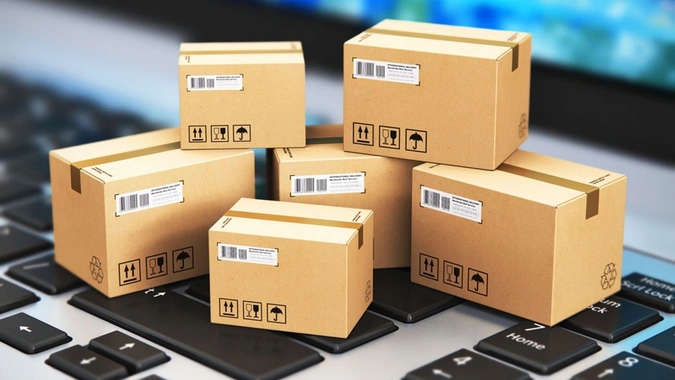Logistics is regarded as the backbone of the economy as it ensures efficient and
cost-effective flow of goods and other commercial sectors depend on it. Logistics
industry in India is evolving rapidly. It is the interplay of infrastructure, technology
and new types of service providers, which defines whether the logistics industry
will be able to help its customers reduce their costs and provide effective services.
Despite weak response, the logistics industry continues to witness growth owing to
the progress in retail, e-commerce and manufacturing sectors. The Global Logistics
sector was expected to grow 10 to 15 per cent in 2013-14. Logistics industry is
expected to reach over $ 2 billion by 2019. Rise of e-commerce logistics and
increased domestic consumption will pave the way for the industry to grow further
in future. With the promise of steady growth and improvement, the serviceoriented logistics industry is ready to expand beyond the horizons in the latter half
of this decade.
Recent Scenario
The recent Indian logistics sector comprises inbound and outbound segments of
the manufacturing and services supply chains. Of late, the logistics infrastructure
has gained the much-needed boost from business houses as well as policy makers.
Managing the infrastructure to effectively compete with other industries has not
been given its due emphasis. Inadequate logistics infrastructure can create
bottlenecks in the growth of an economy. The logistics management regimen has
the capability to overcome the disadvantages while providing cutting-edge
competitiveness in the long run. There exist several challenges and opportunities
for the sector in the Indian economy.
Challenges Faced By The Recent Logistic Industry In India
The biggest challenge faced by the industry today is poor integration of transport
networks, information technology and warehouse & distribution facilities.
Regulations existing at different tiers are imposed by national, regional and local
authorities. However, the regulations differ from city to city, hindering the creation
of national networks. Trained manpower is essential for the third-party logistics
sector and the manufacturing and retailing sectors. It is lacking at the IT, driving
and warehouse as well as at the higher strategic level. The sector is in a
disorganized state in India. The general perception of logistics being a manpowerdriven industry and lack of adequate training institutions have created crisis of
skilled management and client service personnel. Poor facilities and management
are reasons behind high levels of loss, damage of stock, mainly in the perishable
sector. The problem arises mainly because of the absence of specialist equipment,
like proper refrigerators. Lack of quality training is another reason. Though
practitioners and academicians are slowly becoming aware of the importance of
logistics and supply chain, however, the field is still not adequately explored as far
as research is concerned. It is essential to prioritize research and development so
that the weaknesses in the industry can be taken care of and improved.
Solutions To Some Of The Challenges
Infrastructure is the backbone of every country’s growth and prosperity. The same
is true for the logistics industry. Emphasis should be laid on building world-class
road networks, integrated rail corridors, modern cargo facilities at airports.
Logistics parks should be set up and accorded a status equivalent to Special
Economic Zones. It is necessary to realize that the logistics industry can best be
benefitted if companies establish training institutions to improve the service
quality of the sector. Good storage and warehouse facilities are important for the
growth of the industry. With increase in the transportation of perishable products,
the logistics agencies need to give a lot of importance to enhancing the warehouse
facilities. Emphasis on research and development is potent because it encourages
the use of indigenous technology, which can make the industry cost-effective and
can also bring about improvement in services.
Future Prospects
The logistics firms are moving from a traditional set-up to the integration of IT and
technology to their operations to reduce the costs incurred and to meet the service
demands. The growth of the Indian logistics sector depends much upon its soft
infrastructure like education, training and policy framework as much as the hard
infrastructure. To support India’s fast-paced economy growth logistics industry is
very essential. It is estimated that the industry will continue to grow at a robust
rate of 10-15 per cent annually.
The global economic outlook and that of India is expected to significantly improve
as India Inc begins to tackle the economic downturn. With a new government many
policies are expected to be implemented, which will give a fresh impetus to India’s
growth engine, particularly in the corporate and small and medium enterprises
(SME) sector, which in turn will expand demand for the logistics sector.
With the implementation of GST, companies, which currently have small
warehouses in several cities, can just set up a few in specific regions, following the
hub-and-spoke model for freight movement from the warehouses to the different
manufacturing plants, wholesale outlets, retail outlets and various POS. The growth
is backed by the boom in the e-commerce sector and expansionary policies of the
FMCG firms.

